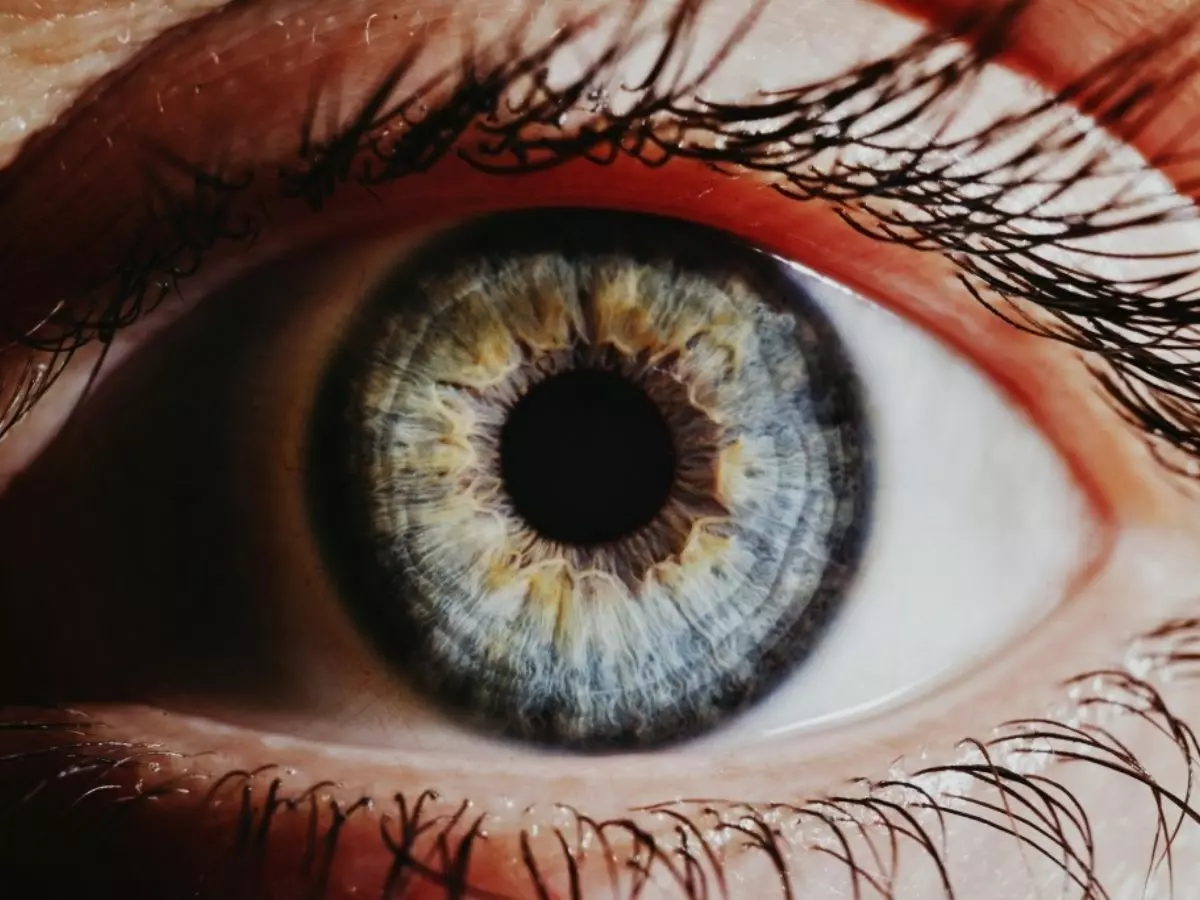Genetically Blind Person Could See For 15 Months, After One Injection In The Eye
Researchers from the Scheie Eye Institute in the Perelman School of Medicine at the University of Pennsylvania conducted a clinical trial where they found their experimental RNA treatment resulted in considerable changes at the fovea -- an important area that enables human central vision.

Scientists were able to bring back the vision of a patient suffering a genetic form of childhood blindness for more than a year with just one shot of the experimental RNA therapy.
 iStock
iStock
Reported first by MedicalXpress, the treatment was designed for individuals diagnosed with Leber congenital amaurosis (LCA), an eye disorder that affects the retina who also possess CEP290 mutation, a gene that¡¯s commonly linked with this disease. People who have this special variety of LCA usually suffer visual impairment right from infancy.
Also Read: Scientists Make Lenses With Gold Particles To Fix Colour Blindness
Researchers from the Scheie Eye Institute in the Perelman School of Medicine at the University of Pennsylvania conducted a clinical trial where they found their experimental RNA treatment resulted in considerable changes at the fovea -- an important area that enables human central vision.
In the study, (published in Nature Medicine) participants were injected with an antisense oligonucleotide dubbed sepofarsen -- a short RNA molecule that is known to expand CEP290 protein levels in the eye¡¯s photoreceptors, enabling better retinal function and understanding of daylight.
In a study published in 2019, researchers discovered how injections of sepofarsen administered once every three months resulted in better vision capability for 10 patients. The 11th patient, however, was administered the injection just once and observed over a 15-month timeline.
Also Read: Doctors Build World¡¯s First Bionic Eye To Fully Restore Vision In Blind People
Before the treatment, the patient experienced reduced visual acuity, short visual fields and poor night vision. However, after the first shot scientists decided to hold off on the three-monthly maintenance shot as they could have caused cataracts. But scientists saw massive improvements in the single administered shot.
While the numerous measurements of visual function and retinal structure, they discovered that the biological improvement was slow to take. They observed this after a month and after two months the vision of the patient peaked considerably. Researchers highlighted that improvements in visual acuity remained for a good 15 months after the single injection.
 Getty Images
Getty Images
While this was unexpected, this provides implications for the future treatment of other ciliopathies that can cause abnormally functioning cilia -- a hair-like strand that props out of the cells.
Research Professor of Ophthalmology Artur V. Cideciyan, who is also the co-lead author of the new study, said in a statement, "Our results set a new standard of what biological improvements are possible with antisense oligonucleotide therapy in LCA caused by CEP290 mutations. Importantly, we establish a comparator for currently-ongoing gene-editing therapies for the same disease, which will allow comparison of the relative merits of two different interventions."
